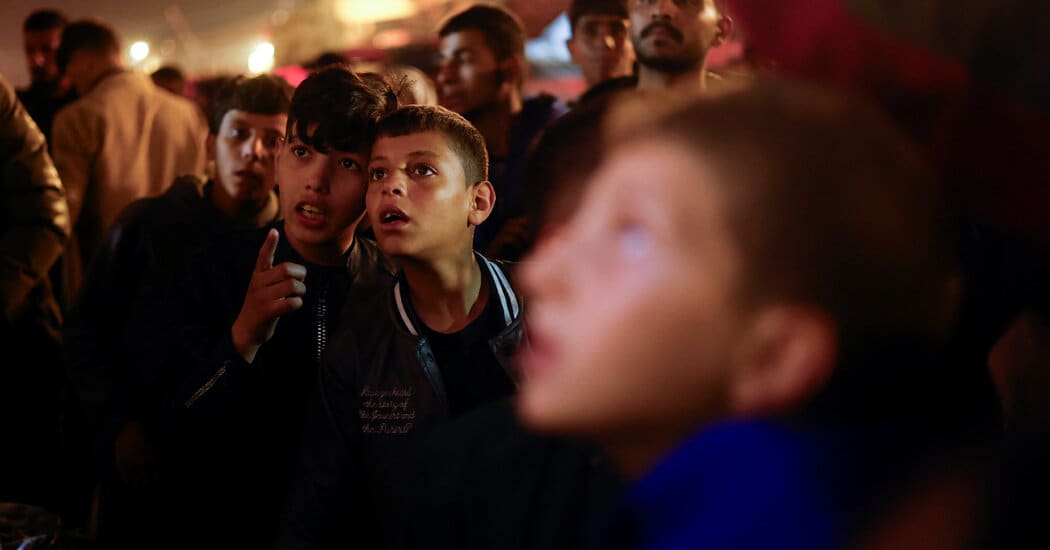News Analysis
An agreement offers Gazans at least some respite, and for Israelis it means the release of hostages. But the deal’s ambiguity leaves open the possibility that fighting could resume within weeks.
Reporting from Jerusalem
After 15 months of bombardment and suffering, the prospect of a cease-fire and a hostage release deal in Gaza provides Palestinians and Israelis with a glimmer of jubilation, but it’s a view tinged with uncertainty.
For Palestinians, the agreement, if it is finalized, is likely to offer at least several weeks of respite from a devastating Israeli military campaign that has killed more than 45,000 people in Gaza, both civilians and combatants.
For Israelis, it could allow for the release of at least one-third of the remaining hostages held by Hamas and its allies. The captives were taken when Hamas raided Israel on Oct. 7, 2023, the first of 466 days of war.
But the ambiguity of the deal, drafts of which were reviewed by The New York Times, also means lingering unease and the possibility of renewed conflict within weeks. To persuade both sides to sign on, mediators forged an arrangement that is worded so loosely that some of its components remain unresolved, meaning that it could easily collapse.
In the first six weeks of the deal, Hamas is expected to release 33 hostages in exchange for several hundred Palestinian prisoners held by Israel. Israel is also meant to gradually withdraw its troops eastward, allowing for hundreds of thousands of displaced Palestinians to return home.
We are having trouble retrieving the article content.
Please enable JavaScript in your browser settings.
Thank you for your patience while we verify access. If you are in Reader mode please exit and your Times account, or for all of The Times.
Thank you for your patience while we verify access.
Want all of The Times? .
Source: www.nytimes.com
